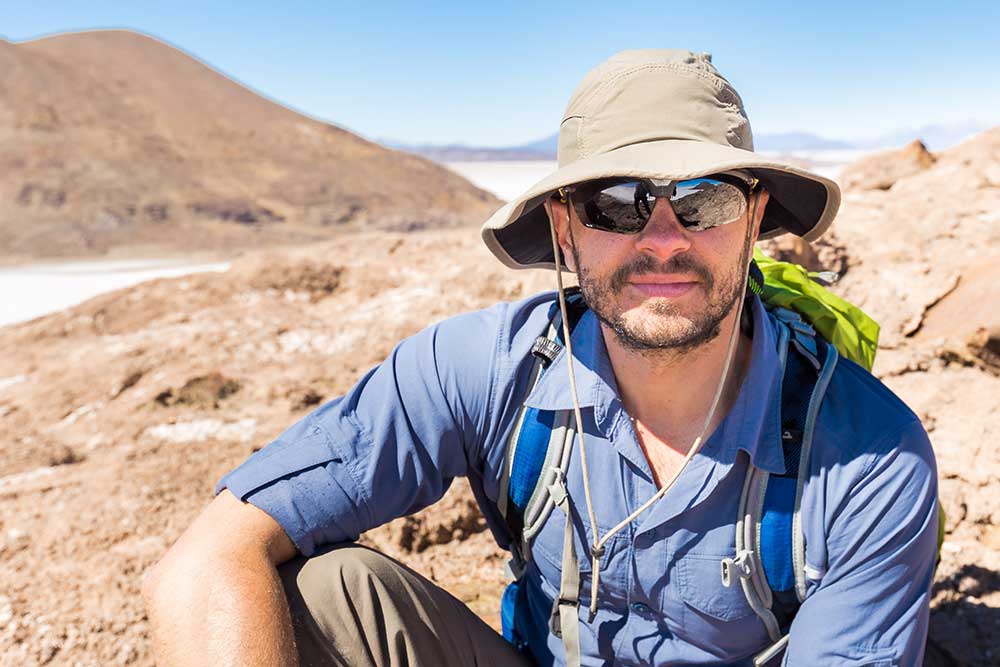All Categories
Featured
Table of Contents
What Is The Difference Between Geophysical Method And ... in Waterford Oz 2023

The primary design for the radial structure of the interior of the Earth is the initial reference Earth model (PREM). Some parts of this model have actually been upgraded by recent findings in mineral physics (see post-perovskite) and supplemented by seismic tomography. The mantle is primarily made up of silicates, and the borders between layers of the mantle are constant with phase shifts.

Schematic of Earth's magnetosphere. Circulations from left to.
Inside the magnetosphere, there are relatively thick areas of solar wind particles called the Van Allen radiation belts. Geophysical measurements are typically at a particular time and place. Accurate measurements of position, together with earth contortion and gravity, are the province of geodesy. While geodesy and geophysics are separate fields, the two are so carefully linked that many scientific companies such as the American Geophysical Union, the Canadian Geophysical Union and the International Union of Geodesy and Geophysics incorporate both.
Geophysicist Job Description: Salary, Duties, & More in Marmion WA 2020
A three-dimensional position is computed using messages from four or more visible satellites and referred to the 1980 Geodetic Referral System. An alternative, optical astronomy, integrates astronomical collaborates and the local gravity vector to get geodetic collaborates. This method just offers the position in 2 collaborates and is more hard to use than GPS.
Gravity measurements became part of geodesy due to the fact that they were needed to related measurements at the surface of the Earth to the recommendation coordinate system.
, which are studied through geophysics and space physics.
About Environmental Geophysics in Two Rocks Oz 2022

Given that geophysics is concerned with the shape of the Earth, and by extension the mapping of functions around and in the world, geophysical measurements include high accuracy GPS measurements. When the geophysical measurements have been processed and inverted, the translated outcomes are outlined using GIS.
Many geophysics business have designed in-house geophysics programs that pre-date Arc, GIS and Geo, Soft in order to fulfill the visualization requirements of a geophysical dataset. Exploration geophysics is applied geophysics that typically uses remote picking up platforms such as; satellites, aircraft, ships, boats, rovers, drones, borehole picking up equipment, and seismic receivers.
For example, aeromagnetic data (airplane collected magnetic data) gathered using standard fixed-wing aircraft platforms need to be corrected for electromagnetic eddy currents that are developed as the airplane moves through Earth's electromagnetic field. There are also corrections connected to changes in determined possible field intensity as the Earth rotates, as the Earth orbits the Sun, and as the moon orbits the Earth.
Geophysical Surveys As Landscape Archaeology in Seville Grove WA 2020
Signal processing involves the correction of time-series data for undesirable sound or mistakes presented by the measurement platform, such as airplane vibrations in gravity information. It also includes the decrease of sources of noise, such as diurnal corrections in magnetic information. In seismic information, electro-magnetic information, and gravity data, processing continues after error corrections to include computational geophysics which result in the last interpretation of the geophysical data into a geological analysis of the geophysical measurements Geophysics became a different discipline just in the 19th century, from the crossway of physical location, geology, astronomy, meteorology, and physics.
The magnetic compass existed in China back as far as the fourth century BC. It was not till great steel needles might be created that compasses were utilized for navigation at sea; prior to that, they could not maintain their magnetism long enough to be helpful.
By looking at which of eight toads had the ball, one might determine the direction of the earthquake.'s (1600 ), a report of a series of careful experiments in magnetism.
Geophysicist - Salary, How To Become, Job Description & ... in Koongamia Australia 2023
In 1687 Isaac Newton released his, which not only laid the structures for classical mechanics and gravitation Also described a range of geophysical phenomena such as the tides and the precession of the equinox. The very first seismometer, an instrument efficient in keeping a constant record of seismic activity, was developed by James Forbes in 1844. Geochemistry, Geophysics, Geosystems. National Aeronautics and Area Administration. Obtained 13 November 2018.
Leipzig. Berlin (Gebruder Borntraeger). Runcorn, S.K, (editor-in-chief), 1967, International dictionary of geophysics:. Pergamon, Oxford, 2 volumes, 1,728 pp., 730 fig Geophysics, 1970, Encyclopaedia Britannica, Vol. 10, p. 202-202 Ross 1995, pp. 236242 Shearer, Peter M. (2009 ). Introduction to seismology (second ed.). Cambridge: Cambridge University Press. ISBN 9780521708425. Stphane, Sainson (2017 ).
Table of Contents
Latest Posts
Geophysics, Engineering Geophysics And Applied ... in Carmel Western Australia 2023
Airborne Geophysical Surveys Of The Lower Mississippi ... in Balcatta Oz 2022
Working As A Geophysicist And Oceanographer In Canada in Cannington Australia 2023
More
Latest Posts
Geophysics, Engineering Geophysics And Applied ... in Carmel Western Australia 2023
Airborne Geophysical Surveys Of The Lower Mississippi ... in Balcatta Oz 2022
Working As A Geophysicist And Oceanographer In Canada in Cannington Australia 2023